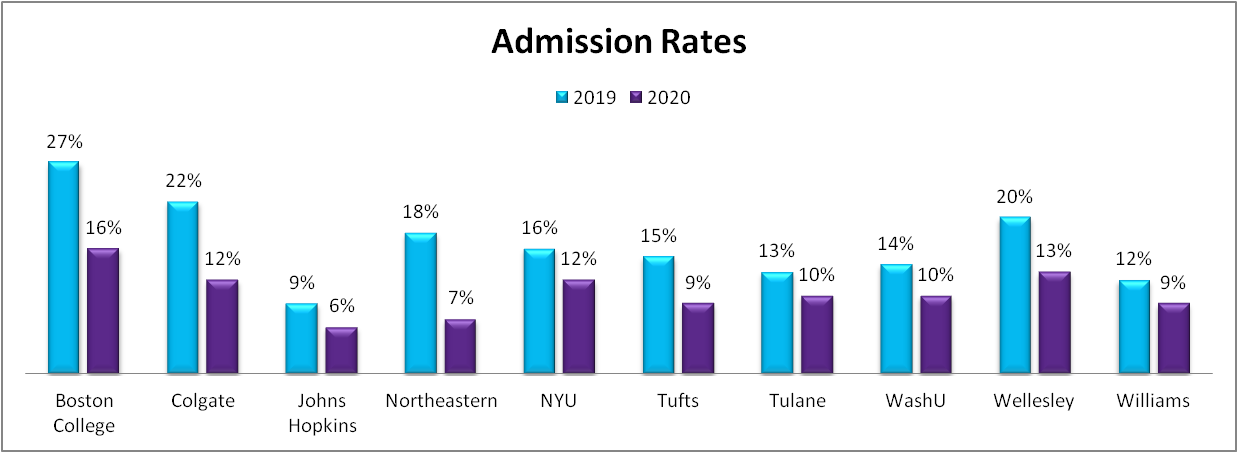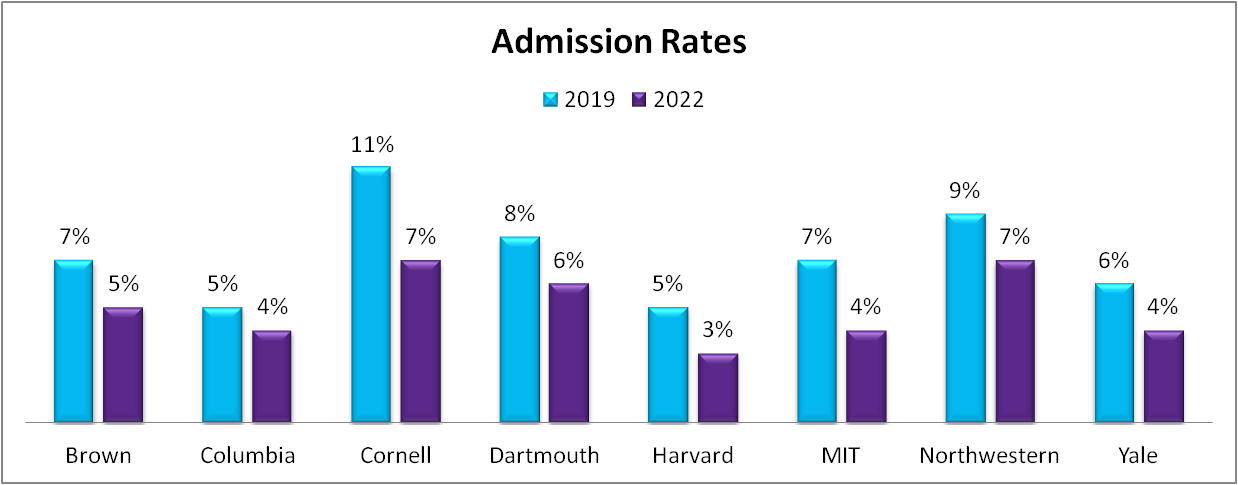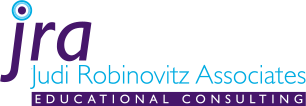College Application Season: Whose Head is Buried in the Sand?
And what, pray to tell, are the results of a head in the sand? Year after year it’s the same story: parents and their children are unable to understand the unique, often disheartening results of the college selection and application process. What we’re finding is that rather than taking a realistic view of today’s college admissions climate, families ignore years of admission trends combined with the most recent facts and figures. We don’t want that to happen to you. Mens sana in corpore sano – we may not give you a healthy body, but we can surely provide you with peace of mind by offering some healthy advice.
The troubles come when parents and students overshoot the mark by applying to many of the nation’s most popular – and most difficult to get into – colleges. These “brand name” schools have NOT appreciably increased the number of freshman spots; however, they’re receiving dramatically more applications than even fifteen years ago. Misplaced dreams, dashed hopes.
Getting into a selective college is much harder than ever before. Really. Admission rates have plummeted significantly, some by as much as 50% in the past one to two years alone! And some top-tier schools now offer places to less than 5% of the students who apply. Five percent! What’s going on?
For one thing, the unforeseen consequences of the pandemic have played a major role: “test-optional” application numbers have soared. Let’s look at the admission rates for some of the more selective schools that typically follow the lead of the most highly selective colleges. Here’s a quick sampling:

The changes among the nation’s most selective colleges may not look quite as dramatic, but considering that we’re primarily starting with single-digit admit rates, their shrinking numbers are equally significant:

Parents who’ve earned their undergraduate degrees at highly selective colleges assume that their straight-A offspring will also attend – but that’s no longer automatic. Take a look at these data compiled by Bari Norman which brilliantly compare 1992 admission rates at Ivy League schools with equivalent, contemporary admission rates for significantly different institutions:
|
1992 |
2019 Admit Rate |
2022 Today’s Equivalent |
|
Harvard |
16% |
Boston University |
|
Princeton |
16% |
Boston College |
|
Yale |
22% |
Florida State* |
|
Brown |
23% |
Villanova |
|
Dartmouth |
26% |
Macalester** |
|
Columbia |
28% |
Lafayette** |
|
Cornell |
31% |
Trinity College** |
|
U Penn |
39% |
Union College |
* +1% **-1%
Parents and students who are unaware of these gross changes (heads in the sand) must understand one thing in order to avoid dashed hopes: with over 3,000 colleges and universities across the U.S. alone, there are hundreds of “sleeper” schools of every flavor imaginable! Among them are dozens that will offer a spectacular undergraduate education – if you’re willing to listen and do the research. We promise you that such is the case. The right college is that one that “fits” right, where you can be successful academically, socially, and in extracurricular activities – not the one that’s the most in the national media.
We’ve had parents who insist on brand names only, and it becomes our job to educate, eliminate, and elucidate to find that perfect match where a student has a good chance of acceptance – and happiness. Most colleges are back to offering campus visits, a crucial factor in what admissions offices call “demonstrated interest.” If you can travel to a campus, then go and take advantage of an official information session and campus tour – snoop around, ask questions, and get a feel for the vibe.
Because senior year becomes remarkably busy from day 1, students must use what’s left of their summer break to start the most difficult part of the application, the personal statement. Also, if ACT or SAT scores aren’t yet high enough, then test prep is in order. Yes, submitting scores improve chances for admission despite what you may have heard about test-optional admissions! What many families don’t realize is that admission chances tend to improve with a good test score. It appears that the test-optional effect has produced a counter-result: the score range for accepted students at most colleges has increased in the last two years! That translates into more pressure not only to take the ACT or SAT, but also to score higher than ever. Remember, high schools can differ remarkably in their course offerings, challenging classes, extracurricular activities, and more. Therefore, the SAT and ACT are as close to leveling the playing field for admissions as anything else. One reason is grade inflation nationally. The College Board reported that over 60% of college applicants in the class of 2021 obtained a 4.0 or better. Teachers may have been awarded higher grades to compensate for instructional challenges during the pandemic. And this was just released by Harvard, which went test-optional at the start of the pandemic: Given the wide variation in how students prepare for Harvard – as well as the fact that most applicants and admitted students have outstanding academic records – it is difficult for high school grades to differentiate individual applications… SAT and ACT tests are better predictors of Harvard grades than high school grades….
College admissions officers are aware of this. They evaluate a student’s academic preparation in the context of their high school: How many AP courses were offered – and taken? Just how rigorous was a student’s curriculum? What was the peer competition like? Given all that, national test scores grow in importance for an admissions officer.
For more than thirty years we’ve provided hourly and comprehensive college counseling based upon common sense, insightful knowledge of thousands of schools, and a desire to expand for families the universe of education that is rich and rewarding. No place for heads in the sand. Contact us for guidance!
